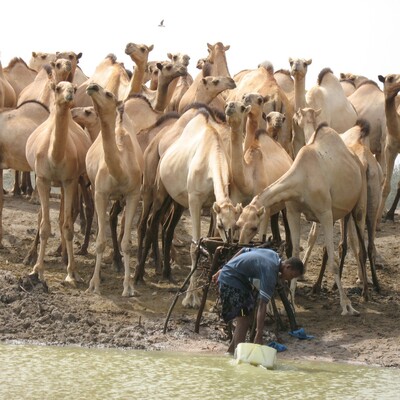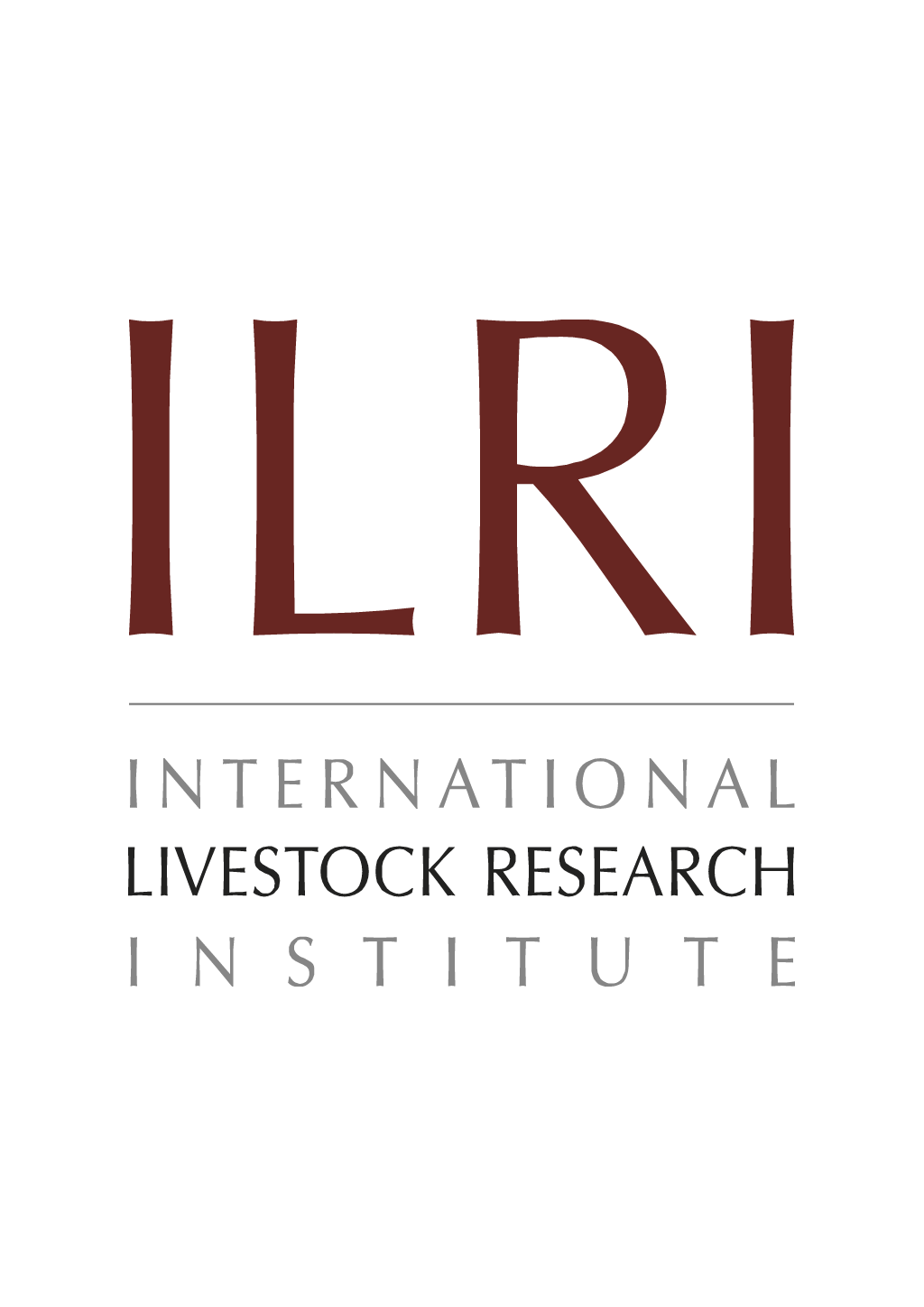
Developing a method for estimating red fox population from feces count in Nemuro Peninsula, Japan
Abstract
Japan enjoys a rabies-free status but needs risk assessment in dogs and wildlife populations. This study was conducted to develop a method to estimate red fox population using feces counts. To develop this method we needed to determine: 1) where foxes defecate, 2) where they make dens, and 3) find parameters which predict the gaps between defecation and den sites because the population can be estimated using the number of dens. In this study, we sought to determine the location and characteristic of defecation and den sites. In Nemuro Peninsula where distributions of red fox dens are available, 32 sampling points were randomly generated on the paved roads. Transects of 500 m centered by these points were visited and feces were counted in June 2014, when families live in breeding dens. For ecological comparisons, 72 random points were generated within 1 km from sampling points for feces, and 256 among study areas for dens. We incorporated geographical information of rivers, slope and land use. Foxes tended to defecated near rivers (P = 0.04), preferred forests (P < 0.01), avoided residential areas (P < 0.01), but far defecated far from breeding dens (P = 0.01) by comparisons with random points. Foxes made dens far from roads (P < 0.01), near rivers (P = 0.01), preferring forests (P < 0.01) with steeper slope (P < 0.01), and avoided residential areas (P < 0.01), similarly. We found gaps between where foxes den and defecate, and trying resolve these differences is the next step.
Citation
Maita, K., Yokozawa, T., Uraguchi, K. and Makita, K. 2015. Developing a method for estimating red fox population from feces count in Nemuro Peninsula, Japan. Presented at the Fifth International Wildlife Management Congress, Sapporo, Japan, 26-30 July 2015. Nairobi, Kenya: ILRI.








